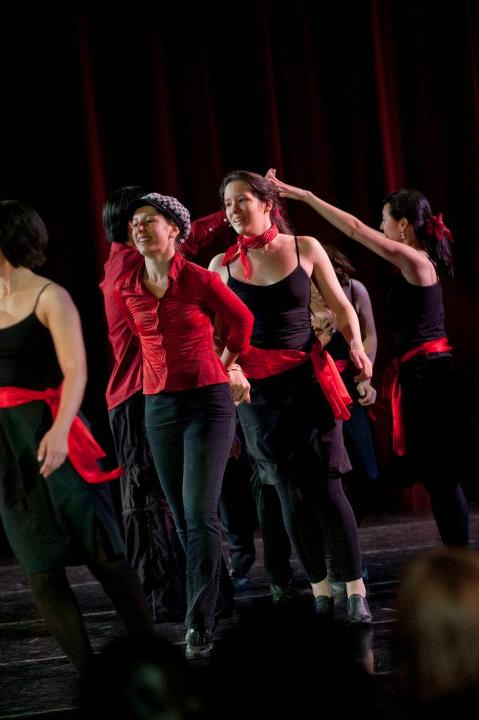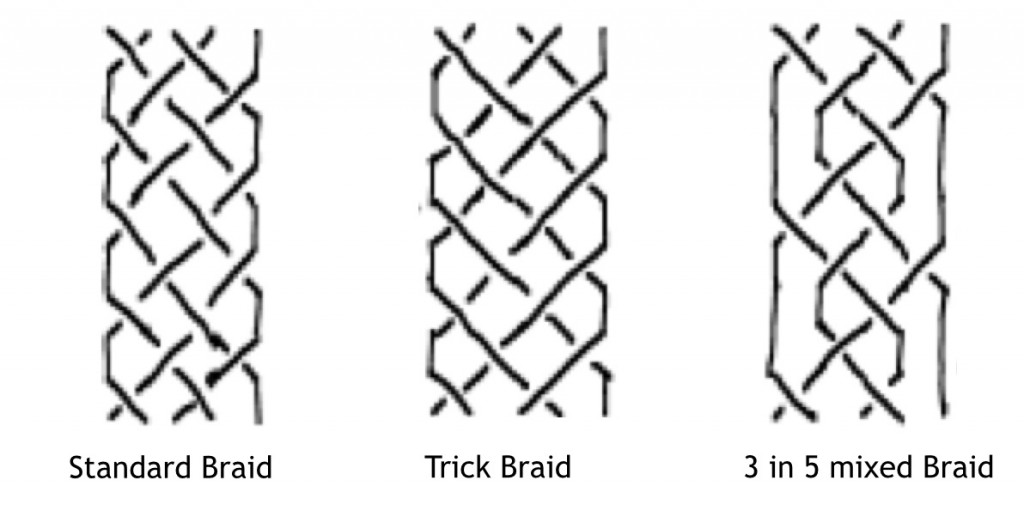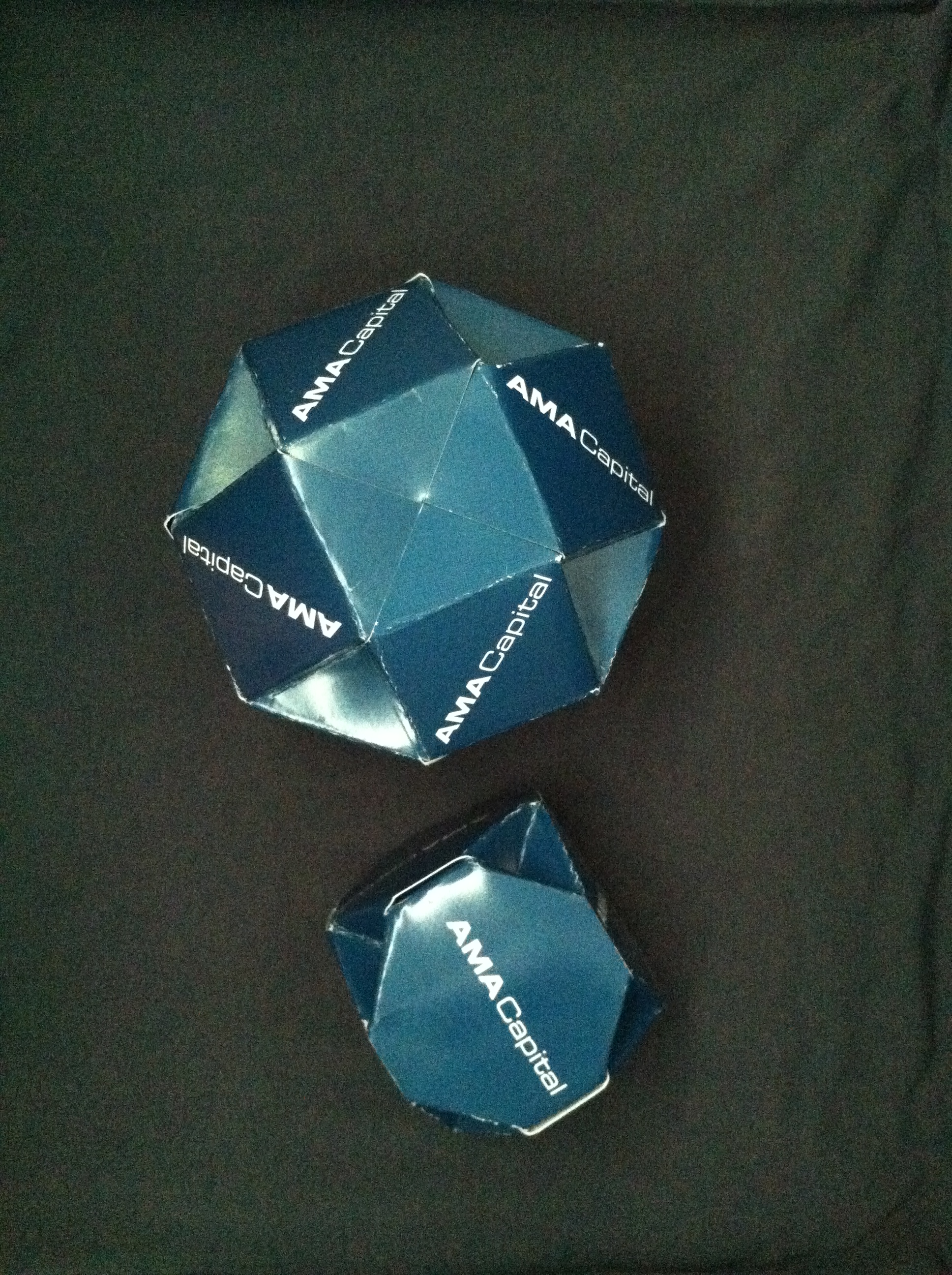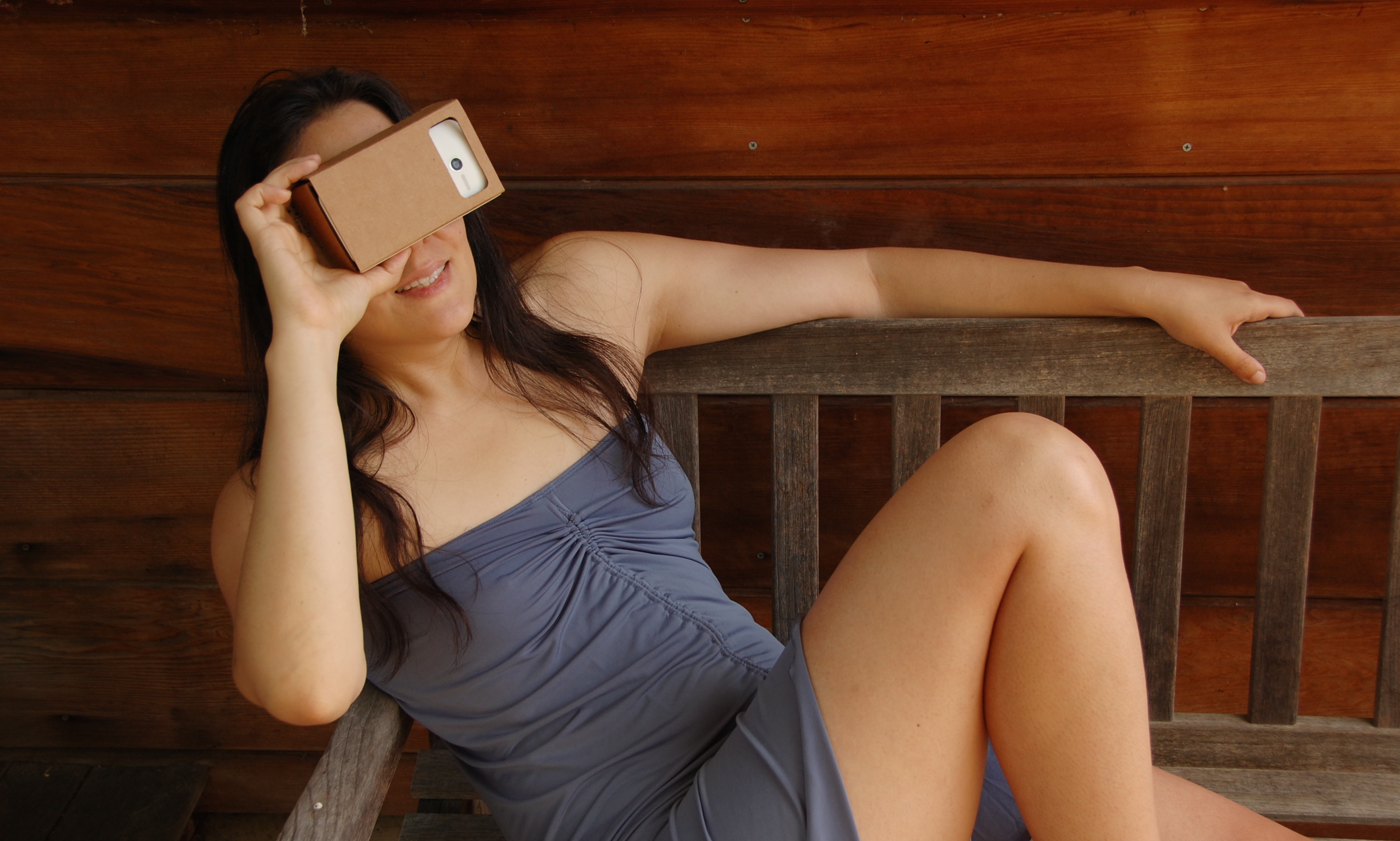Happy Halloween!
One of the things that I love about mathematics is how deeply and subtly it permeates the world around us. Complicated math concepts are often represented in everyday things. In keeping with the season, we might even say that the math is dressed up “in costume”.
Dance, with it’s connections to rhythm and standard moves or patterns clearly ought to show some connections to mathematics, and it’s one of my favorite examples of “math in costume”. Traditional set dancing, where each dance consists of a group of people moving in predetermined patterns such that each person ends up at a designated place at a designated time hints at that connection quite strongly, but it’s not always obvious what connections exist.
So, let’s try to find it by asking some questions. My dance group once asked an interesting question about part of the choreography in the video below. Some, but not all of the people were getting back to their home positions when performing a traditional figure known as the Waves of Tory, which starts at 1:33.
In the Waves of Tory, couples form a long line and at each iteration a couple alternates between arching over the next couple or ducking under the arch of the next couple. The first couple begins by moving towards the end of the line. The remaining couples begin by moving towards the beginning of the line. Once a couple reaches the end of the line, they spend one iteration turning around to head in the opposite direction.
The reason for dancers not ending up where they started is intuitive – there is a staggered start, but everybody finishes at the same time, so there was no way for all performers to end at their home positions. But, how can we figure out precisely where each couple is going to end up?
In more mathematical terms, we want to know where the i-th couple would be after n couples danced the Waves of Tory for k bars of music. Go ahead and try to solve this problem on your own if you like, then keep reading to learn about how this example problem helps unveil some of the underlying mathematics hidden in dance in general.

Have you figured out what the dancers are doing? We can describe their movements like this.
Let’s call the top couple that faces down at the start of Waves is Couple 0. The other n-1 couples are then Couple 0, Couple 1, Couple 2, … Couple n-1. At the start, the i-th couple is standing in the i-th position. The i-th couple starts movement on bar i.
As the dance progresses,
- for k < i, the couple has not yet moved and is in the i-th position
- for k ≥ 2i, we can reduce this problem to an equivalent problem defined as follows: What position is the 0th couple in after m bars of music, where m = k – 2i ?
From the 0th position facing forward, it take n bars to reach the n-th position and turn around. Similarly, from the n-th position it takes n bars to reach the front and turn around. Thus, after 2n bars of music, couple 0 should return to where they began the dance. We can therefore further reduce this problem to:
What position is the couple 0 in after p bars of music, where p = (k – 2i) mod 2n ?
- for p < n, the couple has been moving forward the entire time and is now in the p-th position
- for p = n, the couple has moved to the end, and turned around and is now in the (n – 1) position
- for p > n, the couple has reached the end and started moving back and is now in the (n – 1)(p – n) = (2n – p – 1) position
Ok. So there was definitely math there, but it doesn’t really feel like it’s really some other math concept in costume.
Or does it? It certainly seemed very familiar to me as I was solving it, but it took me another half hour or so to make the connection.
 Braids!
Braids!
The motions of the dancers seemed familiar to me because they were moving exactly like the strands in a standard n-strand braid. The connection is easy to see if we just imagined ribbons hanging from the ceiling, with one attached to each dancer (or pair of dancers in this case), like in a Maypole dance.
And this realization applies to almost all dances, not just the Waves of Tory. A partner dance where two partners spin and twirl around each other is equivalent to a braid on two strands, and, just like the braid group on two strands, it’s isomorphic to the group of the integers, Z, under addition!
Want to prove that the braid group on three strands is non-Abelian (does not commute)? Just find two friends and dance around each other a bit!
You’ll quickly find that if you start in a line and swap the positions of the first two people, then the last two people that you end up with a different result than if you first swap the positions of the last two people and then the positions of the first two people. Thus, your dancing “swap” movement clearly can’t be commutative.
And, since dances and braids are really dressed up as each other, you can not only figure out what braid you are making with your dance, but you can also figure out how to dance your favorite braids. Here are some of mine on five strands (for five dancers). It’s possible to come up with rule that every dancer follows independently that will give you each of these patterns.
So, this Halloween, I’m finding a partner, dressing up as dancers, and explaining to anyone that asks that I’m dressed up as the integers under addition. After all, math does it all the time.








